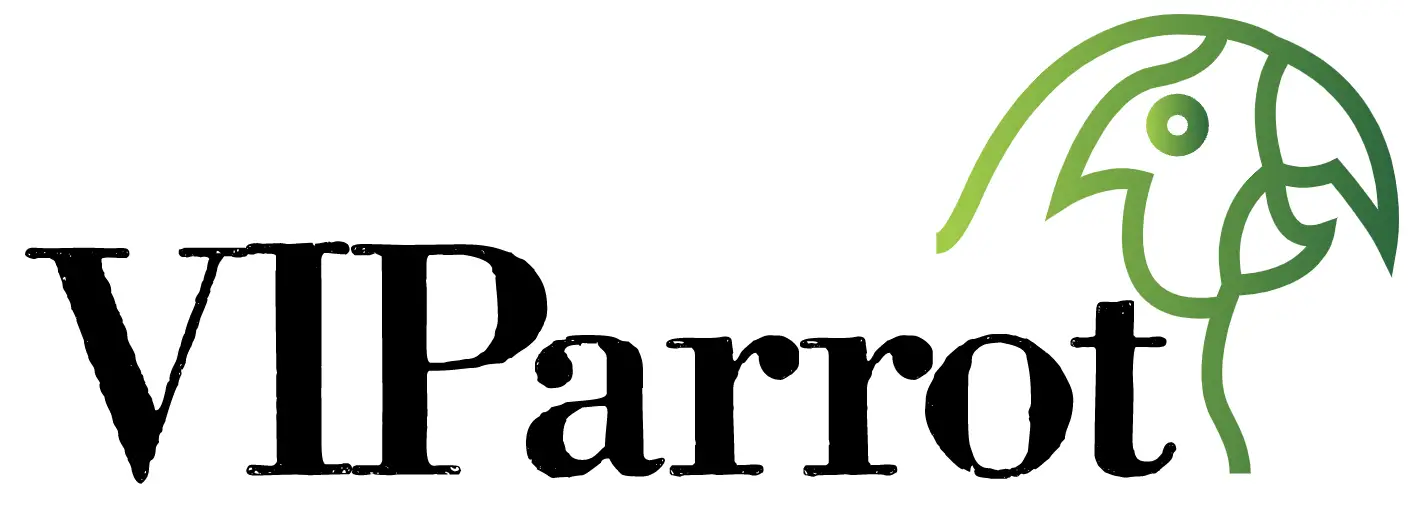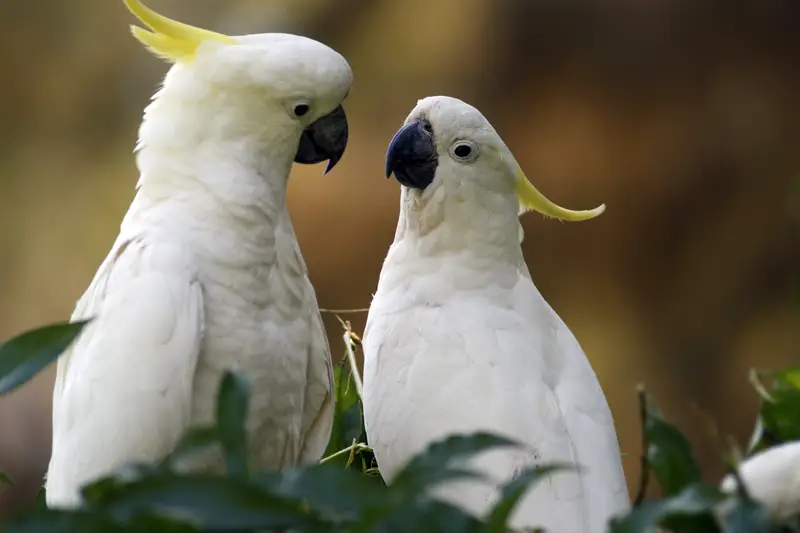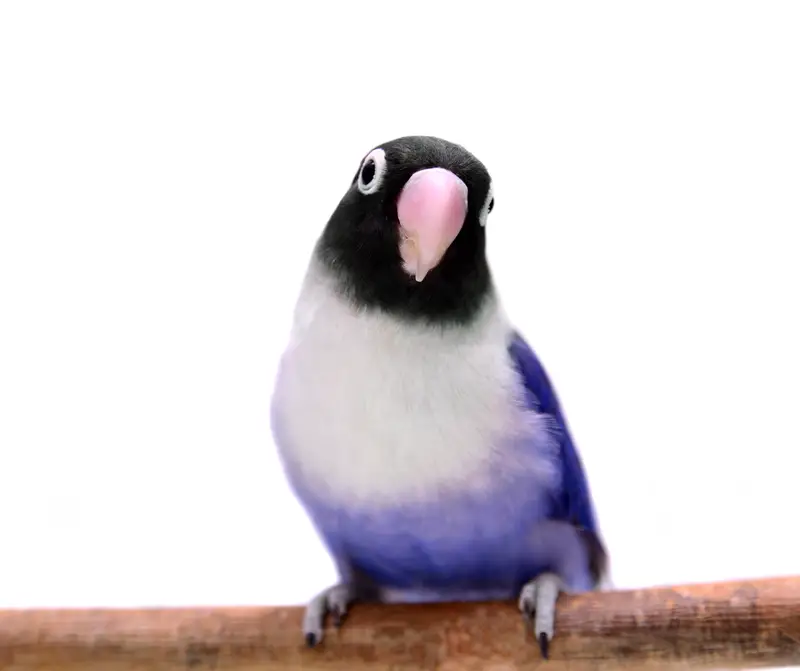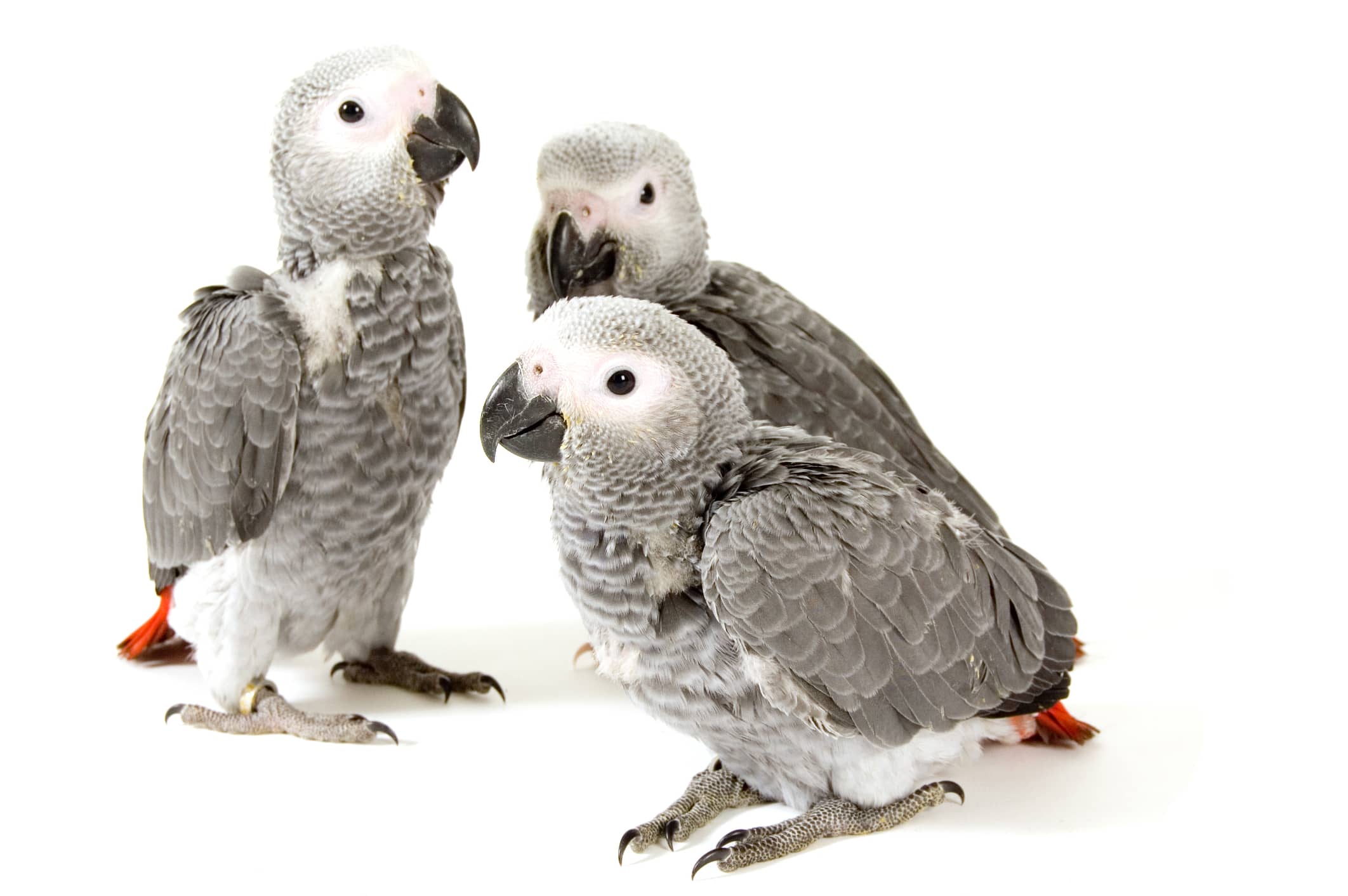Yellow Headed Amazon Parrot: A guide for Bird Lovers
- VIParrot
- February 7, 2023
- 5:50 am
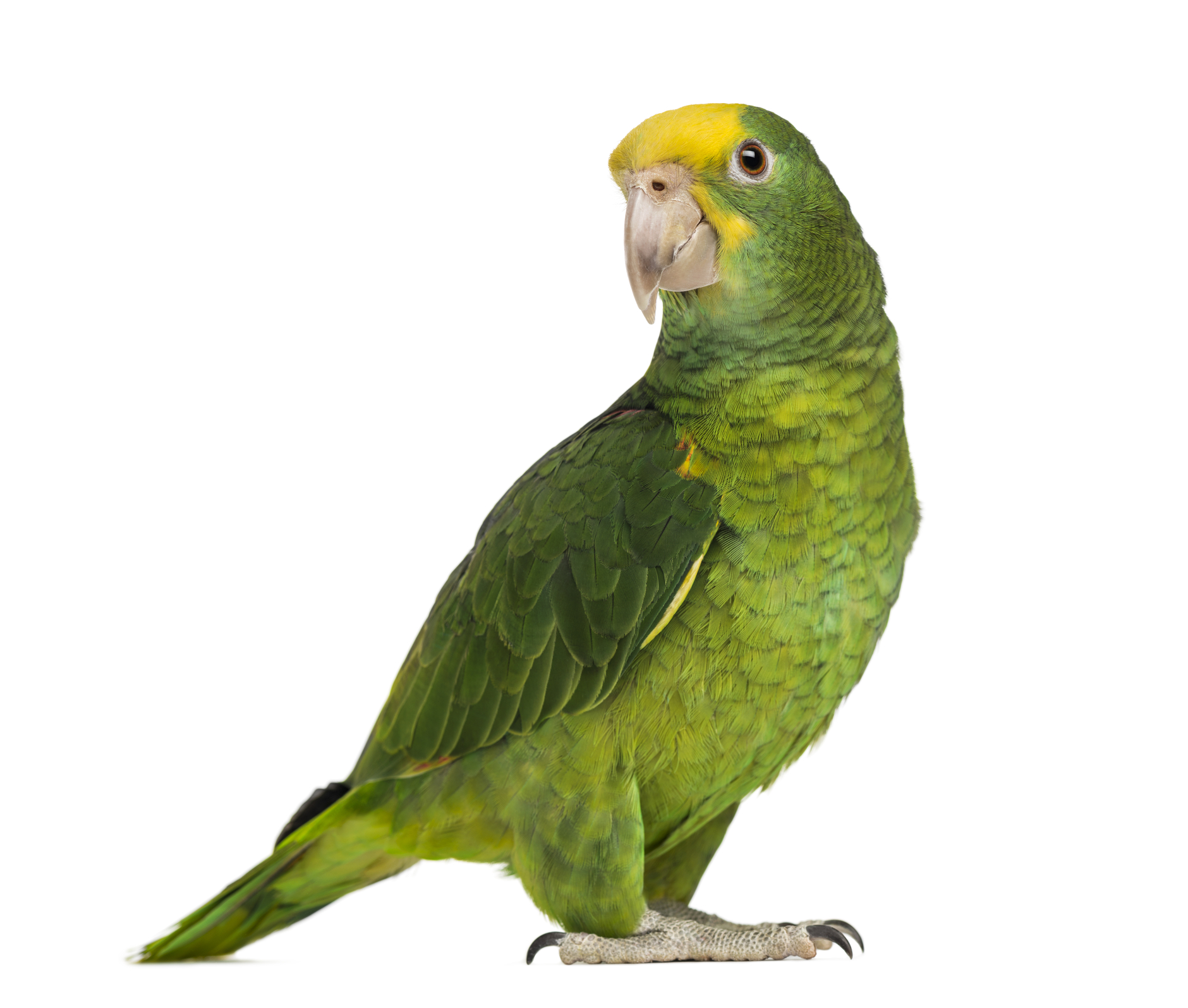
Species Overview
Also Known As: yellow-headed parrot and double yellow-headed amazon
Scientific Name: Amazona oratrix
Adult Size: 15-17 inches
Life Expectancy: 60-80 years
Is The Yellow Headed Amazon a good pet?
- These parrots are very social and affectionate creatures
- Great at learning to talk
- Can get very loud when its happy!
- They need to be socialized daily
- Sometimes need a more experienced bird owner
General Information
The Yellow Headed Amazon is native to Mexico and Central America. It is actually endangered due to the destruction of the rain forest in these areas. Another reason these birds are endangered is the captive pet trade. These parrots sell for quite a lot of money, so they are captured and sold as beautiful, exotic pets. Although the capture and export of wild parrots into the United States is illegal, it happens much too often.
This Amazon is known for its gorgeous plumage. It is mostly green in color, with yellow feathering on the head and neck as well as a bit of yellow on the wings (the wings also sport a bit of red). The beak and feet are flesh toned.
This parrot is an amazing “talker”. The yellow-Headed Amazon is considered one of the most talented imitators in the parrot world, running a close second to the African Grey. This does not mean that all Yellow-Headed Amazons will speak words. They may just makes sounds, like that of the door opening if it has squeaky hinges or the telephone ringing. Some will have an array of spoken words in their vocabulary, but this really depends on the bird and how much you talk to them.
What food do they eat?
Yellow Headed Amazon’s diet should consist of nutritious pellet and fresh fruits, veggies, and nuts is recommended for this parrot. Because the Yellow-Headed Amazon is prone to a vitamin A deficiency, dark veggies, carrots, corn and other such foods rich in Vitamin A are great. Beans are a good addition, but only when they have been cooked. Nuts that are still in their shell are very fun to crack open and eat as well.
Price
They can be rescued, adopted, or purchased at verified organizations or adoption websites like Petfinder. Pricing ranges from $2000 to $3000.
If you want to choose a breeder, make sure that the breeder is reputable by asking them how long they’ve been breeding and working with Amazons. Ask for a tour, but don’t be alarmed if you are unable to tour the facilities in which they keep the birds. Many reputable breeders opt to work under closed aviaries, which prevents diseases from infecting the flock.
How big is the Yellow headed Amazon?
Temperament
These birds are not timid or shy. They are outgoing and forthright, dramatic in their gestures and very entertaining. Because of their in-your-face personality, you should always watch your bird closely when you have guests in your house. Instead of running away, these birds will more often than not come right up to your visitor and may very well give a nip to an unsuspecting hand.
They can become aggressive during mating season when they reach sexual maturity, so they are recommended for a more experienced bird owner.
Training is important with these birds to curb any aggressive tendencies. Training also doubles as great bonding time with your bird. Remember, set aside time everyday with your Yellow Headed Amazon to keep them happy and bonded to you. Birds, most of the time, are very social creatures and love affection just as much as their owner.
Common Diseases
Yellow Headed Amazons are prone to a problem that many people also suffer from. That’s right. Obesity. With all those yummy foods available, who can resist eating just one more scrumptious morsel? Well, although a pudgy bird may seem happy and perhaps appear a bit cute, obesity in birds is very harmful to their health. Exercise outside his or her cage along with healthy low fat foods are a good way to keep your Amazon trim and in-shape. Amazons may get a few diseases that are common among their particular breed. Some include: Psittacosis (A bacterial infection that causes lethargy, difficulty breathing, weight loss), toe necrosis, and fungal infections. Psittacosis is particularly dangerous, as it can be spread to humans with weak immune systems, such as the elderly and young children.
